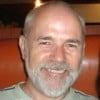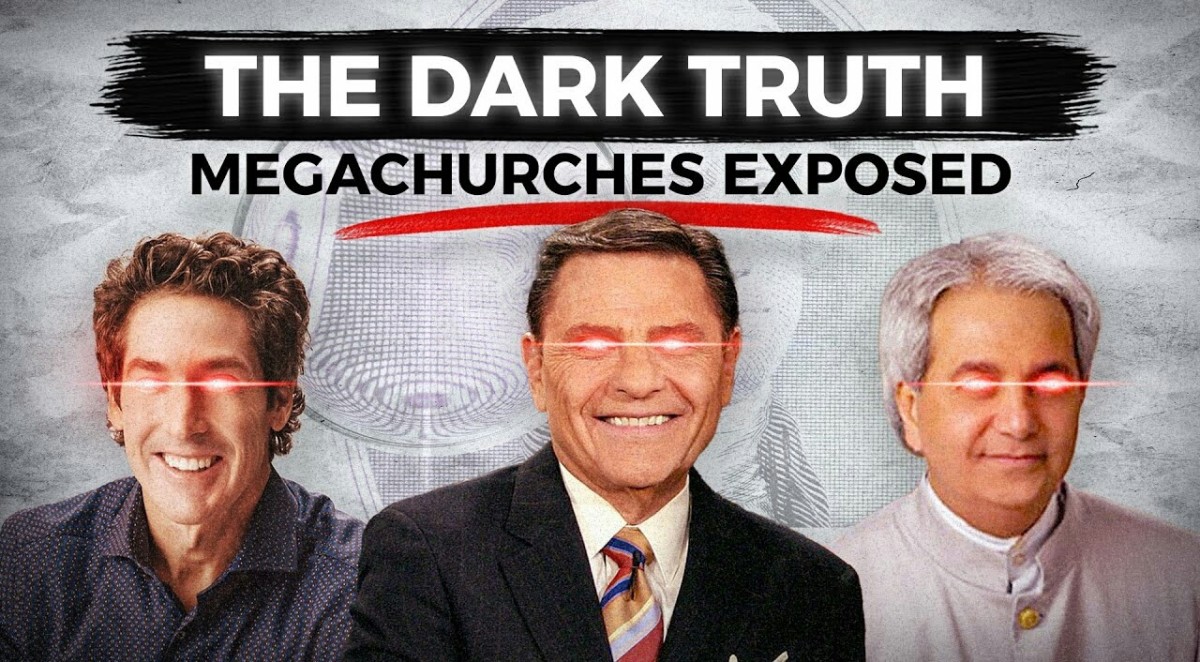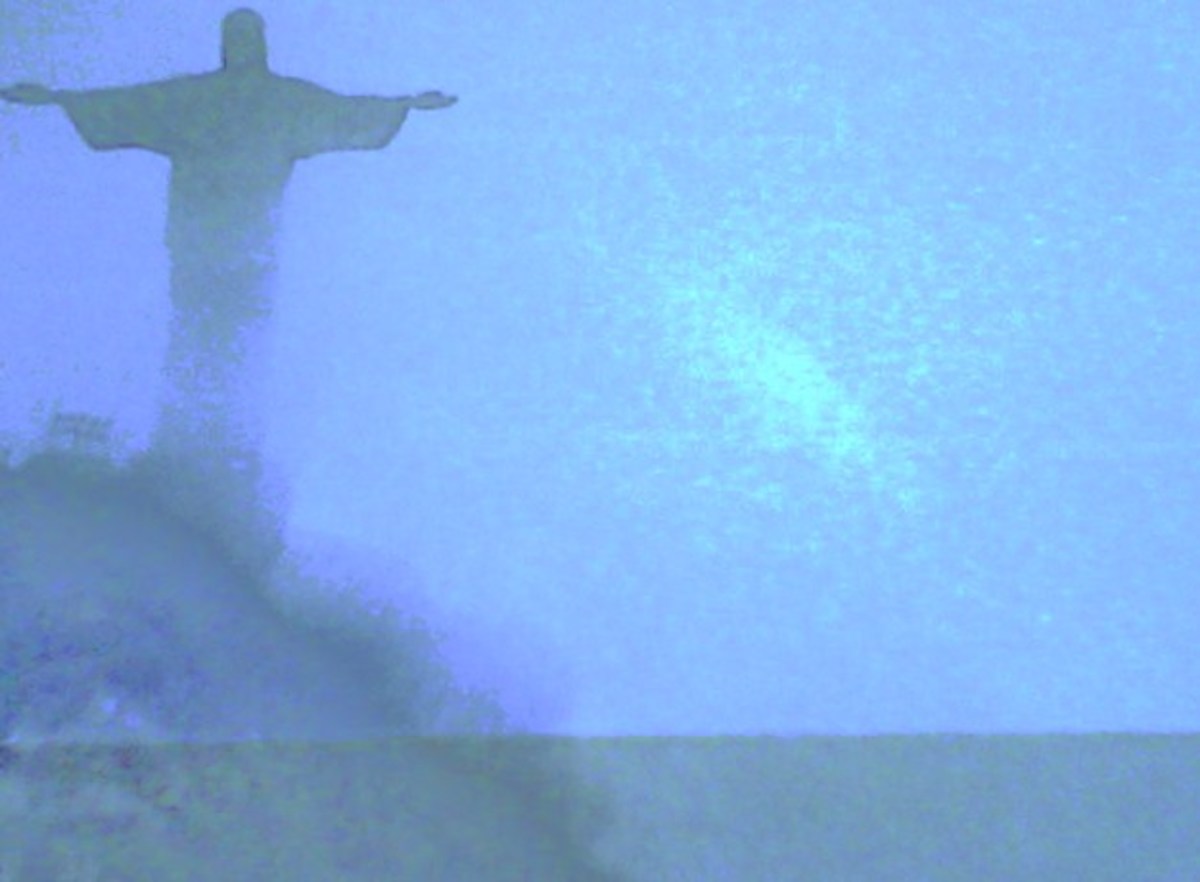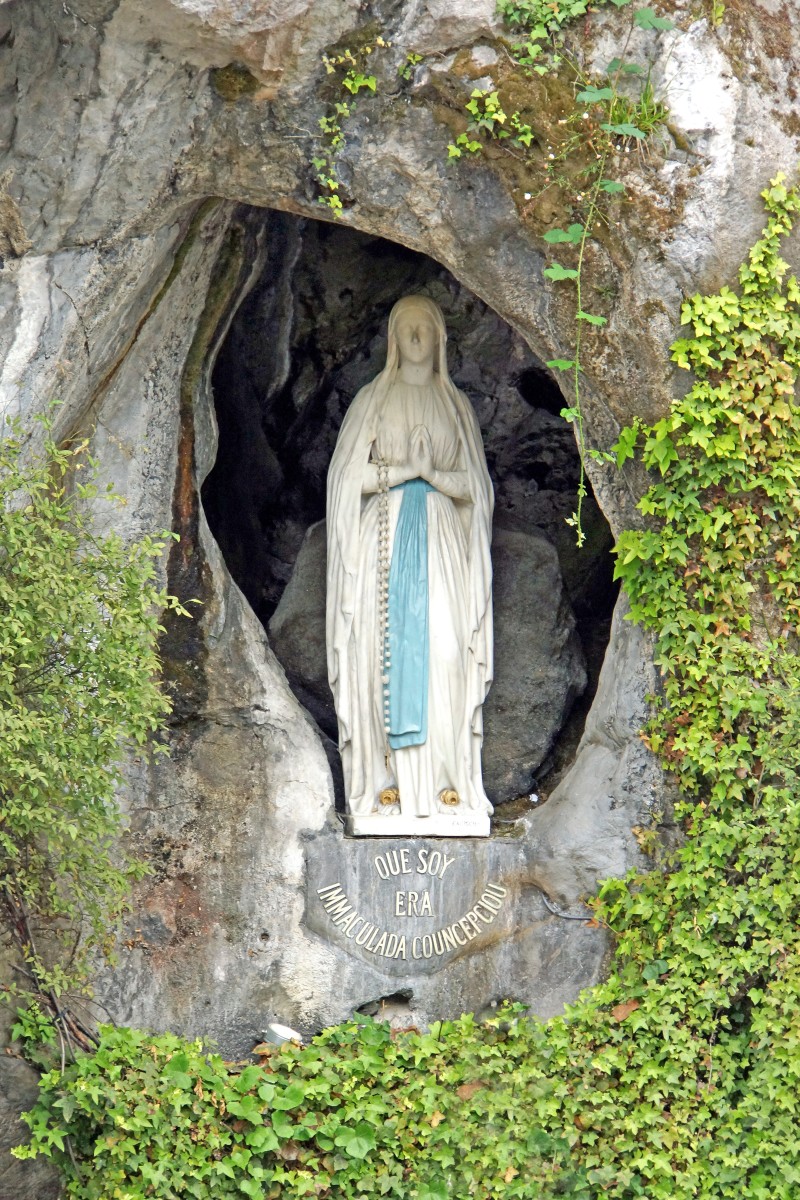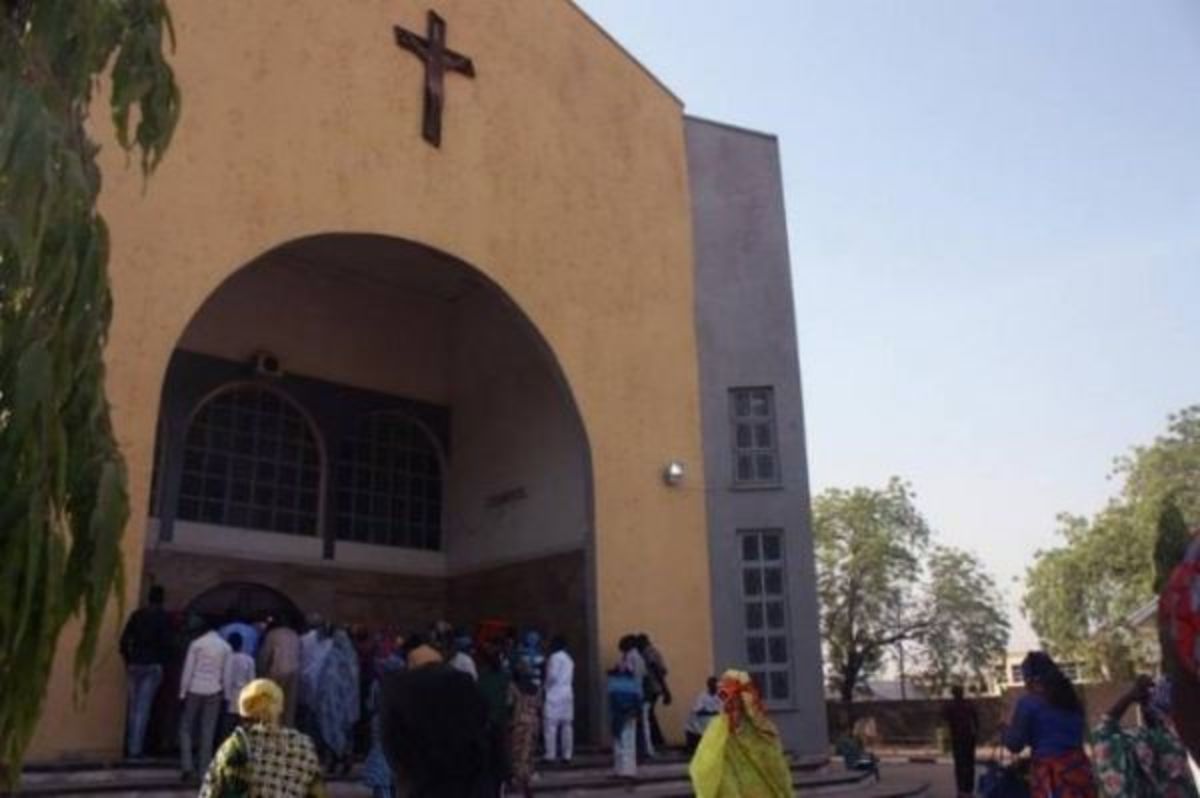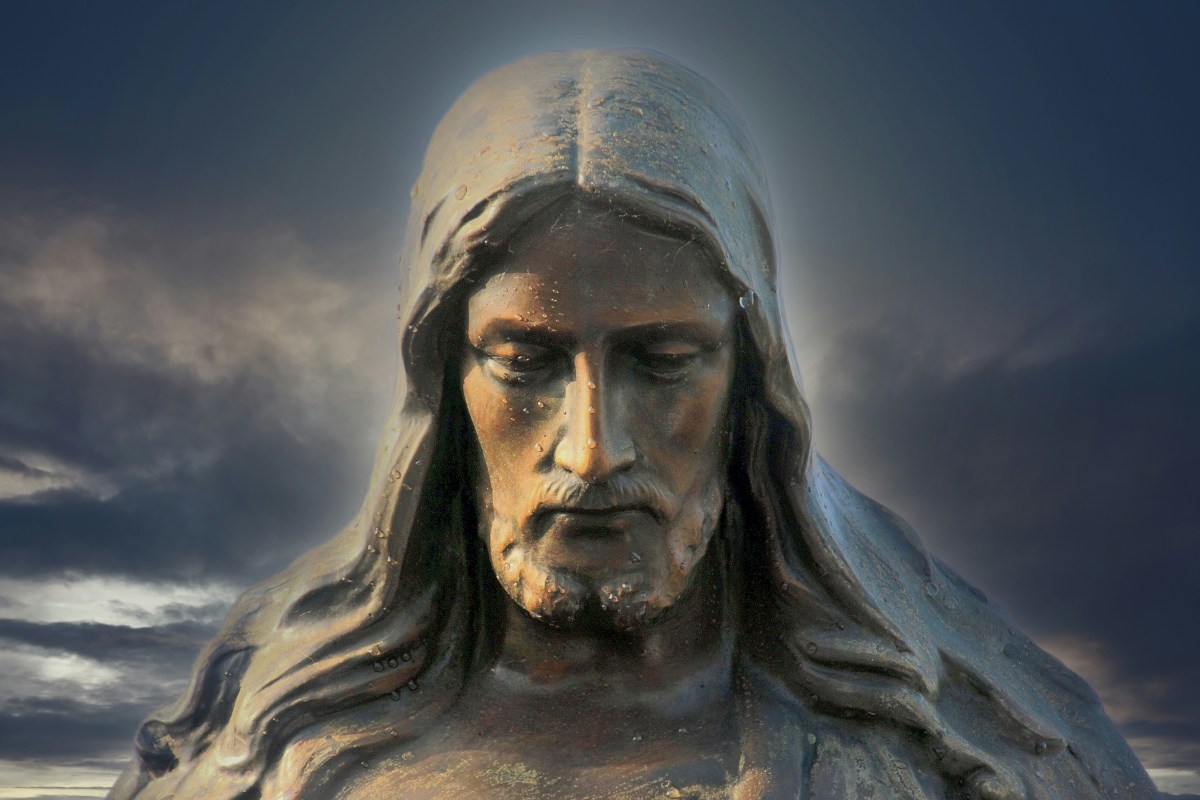Anatomy of a Miracle
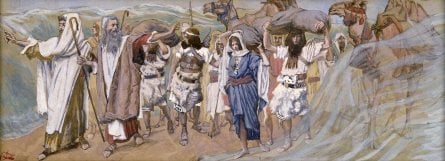
What if you had the recipe for creating miracles? How would you use such a gift?
A religious figure 2,000 years ago made it clear that we each have that ability. I have witnessed more than a dozen miracles, but what does this imply? Perhaps, first, we should define what we mean by the word.
What does the word "miracle" mean?
The dictionary gives a couple of definitions. One says, "A person, thing, or event that excites admiring awe." The other says, "An event that appears unexplainable by the laws of nature and so is held to be supernatural in origin or an act of God" (American Heritage Dictionary).
The first definition covers a broader range of ideas. It could include what I call "ordinary miracles" as well as the "extraordinary" variety. But what are "ordinary miracles?"
Life is an ordinary miracle. So is having a baby. A scientific breakthrough could even claim this title, because of its ability to "excite admiring awe," especially from scientific peers.
The second definition provides us with the meaning we are after. This "extraordinary" miracle can also excite admiring awe, but what interests us is the bit about being "unexplainable by the laws of nature."
Let us look at this aspect more closely.
If somehow one could transport a computer and power source back to Renaissance Europe, some might think that the device was unexplainable by the laws of nature.

From their perspective, they would be right. Yet, the computer would really be an "ordinary" miracle.
To them it would seem "extraordinary," because they would not have the knowledge to explain it. The device still operates from natural law, even though that law was then beyond their grasp.
Sufficient knowledge of electricity would not have come along for another 400 years!
If something were to happen today that seemed beyond our ability to explain, could it still merely be an "ordinary" miracle cloaked in a mystery science has not yet deciphered? Certainly, that is possible for some kinds of events.
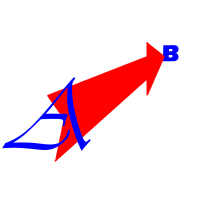
Analyzing the Difference Between "Ordinary" and "Extraordinary"
How would we ever determine if we had an "extraordinary" miracle on our hands? What would define such a miracle?
The laws of nature are based on continuity and commensurability. They are tied to seemingly unbreakable relationships. For instance, "now" is inextricably tied to "one moment ago." The two moments may look almost exactly alike. The continuity of time (or persistence) defines this. When an object moves from point "A" to point "B," it passes through several other points in an orderly succession. This is the continuity of space (as well as the continuity of time). The velocity of the object along its journey is commensurable with the speed and direction at the start of its journey and with the forces which may have acted on the object along its way — forces like gravity, friction or collision.
Every miracle which depends only on this continuity is only an "ordinary" miracle, whether science can explain it or not.
So, can we have an "extraordinary" miracle? You bet we can. By definition, such an extraordinary miracle would be discontinuous in nature. What the heck does this mean? It means that the laws of nature are bent, broken or ignored by such a miracle!
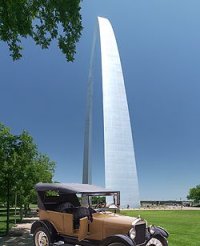
For example, an object halfway to point "B" suddenly appears back at point "A" or switches (without moving through intervening space) to point "C." Let us give a more concrete example.
A car driving from New York to Los Angeles, reaches St. Louis, and the next moment finds itself in New York, or even Moscow. Hmmm-m-m! Can you even drive from St. Louis to Moscow? And do it in zero time? That's discontinuity.
Another example might involve communication without the aid of physical matter, energy, space or time. Say that someone had the idea that everyone should sit down for a moment.
What if it happened? What if all over the world, everyone, no matter what they were doing, suddenly sat down. Runners in the 100 meter dash suddenly sit down in the middle of the track.
The President of the United States, standing at the podium for a news conference, suddenly sits down, as do all of the camera persons and White House staffers. Of course, the press corps is already sitting. Some event! That's discontinuity.
Creation without any reliance on the physical is inherently discontinuous in nature. This would be an "extraordinary miracle."
A Miracle on Wilshire Boulevard
One afternoon in 1977, I had an epiphany — a revelation of the most profound kind. What came before that realization and what came afterward could not have been more different. Prior to the revelation, I was in darkness. Afterward — for a least ten minutes — I was bathed in a light I have not known in a very, very long time.
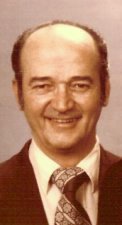
I grew up in a religious family. My maternal grandfather was a Southern Baptist minister and former missionary to Nigeria, Africa. In fact, my mother's sister was born in Lagos, Nigeria. My father, on the other hand, was more interested in Eastern philosophy, reincarnation and karma. He might read the Bible one day, but then Autobiography of a Yogi, the next.
In 1971, while working at a New Age church in Los Angeles, I experienced being outside of my physical body, but with the ability to see clearly without human eyes. There were no drugs or physical trauma to trigger the event. Powerful spiritual counseling had opened the door to that spiritual "walk about."
In 1973, I had my first major realization on the subject of creation. I grasped the mechanics of creation for the first time, though my understanding would improve greatly, over the next several years. That day, I also performed a minor miracle to test out my new understanding.
Over the next several years, I attempted several other miracles, all of which worked instantaneously.
Then came 1977. I had continued my spiritual studies, but the ravages of life had taken their toll. I had grown more serious. Making a living had become the priority — an activity filled with effort. Some of the lessons I had learned remained dormant and forgotten.
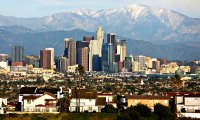
The Day of the Miracle
At that time, I worked in graphic arts producing phototypesetting, as well as illustrations and graphics. Late one afternoon, a customer called to say that they needed their job finished on that day. I had to stay late. After calling my wife to tell her I'd be late picking her up, I finished the job, then called the client. Finally, about 5:30 I left work and entered Los Angeles rush hour traffic. I had about ten miles to travel — from near downtown to Century City.
When at last I made it to Wilshire Boulevard, traffic had crawled to a stop and only intermittently inched forward. Three lanes headed west; another three headed east.
Normally, I had left work much earlier, bypassing the thickest traffic. I was not used to the journey taking so long. Frustration mounted.
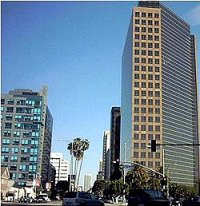
About a block before the section of Wilshire called the "Miracle Mile," a car turned without warning into the center lane in front of mine. There was not enough room. I jammed on my brakes and waited the long seconds it took for the car to finish its intrusion. Moments later, another car turned in front of mine. Again, I had to throw on my brakes to avoid a collision. It annoyed me that these two drivers had turned without asking — without signaling. They merely took. And they did not acknowledge my existence. There was no "thanks," afterwards.
A few moments later, traffic seemed to open up. For a brief few seconds, speeds reached ten miles per hour and a gap formed in front of my car. Another car swerved sharply into that space and abruptly threw on its brakes. I panicked. Traffic had suddenly grown tight and the other driver's reckless action had created the recipe for collision. I felt my foot squeeze down on the brake as if it needed every ounce of my strength to stop my vehicle. I put my full weight into it, feeling my back press hard against my seat. A loud squeal and white smoke filled the air with my hurried intent. My car slid forward, nudging closer and closer, until it seemed my bumper must surely be touching theirs. Yet, the driver in front of me was spared the embarrassment of even the slightest bump.
Miracle Mile, Los Angeles
Within the next minute, three more drivers assaulted the space in front of my car, jamming their vehicles into spaces not big enough for theirs until my fast thinking and the slow pace of traffic gave them that space.
The sixth near-collision found my mind racing toward rage. "Have all these drivers gone crazy?!"
Then it happened!
A thought touched my mind and I looked at my attitude. I studied my blame and resentment. And I considered for a moment that I was entirely responsible for their intrusions. I took them off of the hook of responsibility. By my own fixation on frustration, I had been creating in my environment things toward which I could continue to be frustrated.
My frustration had been a self-fulfilling attitude.
Suddenly, it all did not matter. My place in traffic, my car, my destination, my body, my life — they all no longer mattered. I was, for the first time in my life, completely and utterly invulnerable. Nothing could hurt me, because I was no longer my body or my ego. The sleeping child of God was awake after so many long eons.
My body tingled so fiercely it hurt from the apparent itch. I felt light, as if I were floating on air. My shoulders seemed to rub the tops of the skyscrapers along the boulevard. My heart seemed filled with a light where darkness had been only moments before.
Next, a lighthearted, humorous curiosity touched my thoughts. I had removed the underpinnings of my frustration — thicker and thicker traffic, making me go slower, and making it seem (at least emotionally) that I might even be going backwards. What if I were to create the opposite effect?
What I had learned about creational mechanics came back to me. I saw that I had been using those mechanics subconsciously to create a more frustrating journey through traffic.
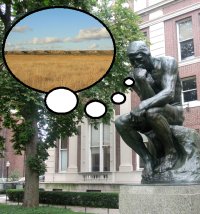
Step One: I pictured in my mind "wide open spaces and smooth sailing all the way to my destination."
Step Two: I took my awareness off of the mental image, while maintaining 100% confidence, yet 100% humility. I accomplished this by placing my awareness, with interest, on the beauty of architecture, the loveliness of nature and similar things in my environment.
The process took only 2-3 seconds. The moment that the mental picture slid into the subconscious from conscious awareness, the car directly in front of me moved into the already crowded lane to the right. The car in front of them moved into the lane to the left. Within five seconds, cars had moved left and right, evacuating the center lane for as far as I could see, up to the next bend in Wilshire. Two miles of empty center lane stood before me, while the lanes on either side remained thick with snarling traffic.
Over the next four minutes, I accelerated to full speed and passed those walls of cars. During that time, not one of them decided to turn into the empty lane in front of me.

Coincidence?
What is "coincidence?" Usually when someone says that something is merely a coincidence, they mean that one event has randomly lined up with another. They imply that there was no cause-and-effect relationship between the two events.
Scientists deal with coincidence all of the time. When they perform an experiment, an effect coincides or lines up with the completion of the experiment, proving a cause-and-effect relationship. If such things did not coincide, we would never have enjoyed the fruits of science. Instead, all we would have is random chaos. Thank goodness, that's not the way things work.
Was the event on Wilshire Boulevard really an extraordinary miracle? Was it a random coincidence? Or was it a cause-and-effect coincidence?
How many coincidences does it take for a scientist to conclude that there was a cause-and-effect relationship? If a laboratory scientist performs the exact same experiment a hundred times and gets the same result each time, then we might be able to say that the coincidence each time had a cause-and-effect relationship. All the better if the result of the experiment can be explained by the scientist's understanding of the materials involved in the experiment. In other words, the results were predictable based on known natural law.
In the Wilshire incident, we have a number of factors to consider. How many coincidences were there? First of all, we have approximately 2000 cars participating in the miracle. Roughly 700 of those cars had evacuated the center lane, but all 2000 cars participated in not turning into that center lane once empty.
If you've ever driven in thick, rush hour-like traffic, you know that a large, empty space between cars is a short-lived phenomenon. Thick traffic abhors a vacuum. Such a hole is quickly filled. The emotional pressure is strong for drivers to turn into that apparent opportunity to move ahead.
How long does it take for a driver to decide anything? Arbitrarily, let us say that a "decision moment" is one-tenth of a second long.
At 30 miles per hour, it takes about 4 minutes to travel 2 miles. In that 4 minutes, one driver has 2,400 decision moments. That's 2,400 opportunities to decide to turn into that large empty space in the center of Wilshire Boulevard's westbound lanes.
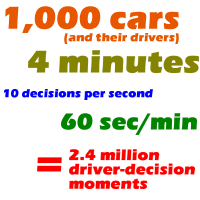
Because all 2000 cars could not have indulged themselves with that empty space during the entire 4 minutes, we have to take the average number of cars for that period. This turns out to be half of the original number, or 1000 cars. This gives us, for the entire 4 minutes, a total of 2.4 million driver-decision-moments. That's 2.4 million coincidences of drivers deciding not to turn into the center lane in front of me. Add to that the nearly 700 coincidences of cars moving out of my way in the first place. And finally, add to that the 1 coincidence of my original request — the creation of "wide open spaces and smooth sailing all the way to my destination."
Random coincidence? Hardly! There are too many "natural" forces acting against such a perfect alignment. Seven hundred cars don't simply evacuate a lane within 5 seconds without some threat or warning or law involved. Even if an ambulance were to come along, bumper-to-bumper traffic would never clear so quickly, and the law says for all traffic to pull to the right — not right and left of the center lane.
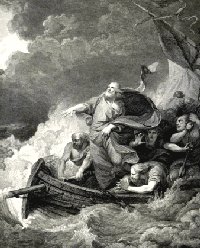
Belief versus Faith
Someone can believe something and be entirely wrong. History is full of such examples.
Faith, on the other hand, is a completely different animal. Certainly, there are numerous definitions of faith, but I'm interested in only one — the definition which describes the required state of mind for performing miracles. And wouldn't you know, I can't find a perfect definition of this in the dictionary.
How would you describe the state of mind of Peter when he stepped out of his storm-tossed boat to walk a moment on the Sea of Galilee with his mentor?
I would say, "fearless," "without any doubt," and "entirely confident." I would also include "a complete lack of reason." Reason is continuity-based. It is grounded in experience, and experience should have told Peter that by stepping out of his boat, he would sink, and likely drown, especially with the thrashing waves.
For me, the key ingredient here is that of "confidence." It seems obvious to me that ordinary confidence would not cut it. "Faith," to me, seems much more than this. "Faith" seems perfect — 100% confidence.
Faith looks a lot like belief, but they are not the same thing. Belief contains varying degrees of doubt. Belief is borne out of physical reality. It is steeped in physical continuity and the dichotomies of created existence. In other words, belief is imperfect. Faith, on the other hand, contains no doubt whatsoever. It is perfect.
"Blind faith" is an oxymoron (a self-contradictory term), when we use this new definition of faith. Blindness is what keeps us from achieving faith or 100% confidence. If someone has only 99.999999999% confidence, they also possess a degree of blindness. Attempting to create from this imperfect state produces zero result! Any doubt remains a counter-create that works against the original creation. It acts like a tug-of-war with one's self. Only with 100% confidence (faith) can someone create an extraordinary miracle.
The fact remains that most people are 100% confident in physical reality, so their creations are not at all spectacular. They merely reinforce the status quo — current reality.
Someone with a heavy debt of karma may fall under the heading of "jinxed." Insurance companies may not take them as a customer because of an unlucky track record. If such an individual found sudden luck (say they won the lottery), they would typically suffer some tragedy to offset the win. We tend to create those things for which we are spiritually comfortable.

Faith is transcendent. Like being pregnant, you can't be a little bit faithful. You are either there are you are not. By the same token, you either create or you do not. As the fictional Star Wars character, Yoda, said, "There is no try."
Ego and Selfishness versus Bliss and Divine Creation
Some Christians with whom I've talked about this miracle, condemn it as the work of the devil. They point out that it was not done in Christ's name. Other critics have suggested that this miracle was a selfish act. And some skeptics ridicule the event as not being selfish enough, as if to say, "That's all you asked for?"
It took me 34 years to realize that the 6 cars which had so rudely cut in front of mine were the first to evacuate the center lane in front of me that day. I was so unconcerned with their selfish acts that I did not consider them important after my revelation. I was free of that burden. They were completely and utterly forgiven. A lack of forgiveness would have been heavily tainted with selfishness.
In fact, I seriously doubt that the miracle would have happened at all if I had held the slightest shred of selfishness in that moment. Because of a profound and complete humility, I possessed no ego during the incident. The intent was to demonstrate the power of God in each one of us. Could this be what is meant by "Christ's name?" After all, the great teacher said that he and his father were one.
And when Jesus healed others, he pointed out that it was not his own doing which had healed them, but their own faith. In other words, the miracle was their own creation, not that of Jesus.
The lesson of this miracle is a reflection of what Jesus had told his followers — that they could do all of the things he did and even greater.
So, what are you waiting for? Don't you have some miracles to perform?
Just do it.
Update (2014:0524)
I first wrote this article on 2010:0920. Since that time, I have learned a great deal more. One of the greatest breakthroughs has come from the study of authentic Kabbalah—not the New Age stuff that pretends to be ancient.
A few months ago, I published a non-fiction book I had been working on for the last 15 years—The Bible's Hidden Wisdom: God's Reason for Noah's Flood. In that book, I detail the research and discoveries that yielded a biblical timeline compatible with those of modern science. It also revealed the location of the Kabbalah's "Tree of Life" matrix embedded in Genesis. Since writing the book, I have become increasingly interested in finding out more about Kabbalah and the deeper meaning of the Tree I discovered in Genesis.
This "Tree of Life" is all about everlasting life. It is the Tree of immortality.
A few short weeks ago, I discovered an online video called "Perceiving Reality." It took my breath away. It touched on that soft spot I had reached in the above miracle.
Perceiving Reality
Later, I watched dozens of Kabbalah videos by the same group which produced this one. And then, I found a series called "Kabbalah Revealed." Here is the first in that series. When I reached number 13 in this series, I knew I needed to add this note.
Kabbalah Revealed (1 of 16)
In the thirteenth video, I realized that my Miracle on Wilshire Boulevard, above, had come with a burning need. That need was realized for a few minutes. What was it? It was a need to be in direct contact with the Creator, for everything comes from Him/Her. It was also a need to view the needs of others as more important than my own. Thus, forgiveness was entirely effortless.
When I gave up my resentment of the actions of other drivers on that afternoon in rush hour traffic, I found myself with an emptiness (need) and that emptiness was filled by the presence of (contact with) the Lord of Heaven. Merely writing this helps to strengthen that need and to plow it deeper into my soul.
This is the need that opens the door to Heaven. Cultivating this need is now a full-time part of my life. Every moment shall be filled with deepening this need. Even while I enjoy the fruits of my earthly labors, I will compare it to Heaven and find it lacking. By such comparison, I will be increasing the need to be closer to the source of all, to be less like the original creature and its Will to Receive (self concern), and to be more like the Father/Mother of us all and his/her Will to Bestow abundant and unconditional love. Because the Creator has no self concern, there are no limitations.
